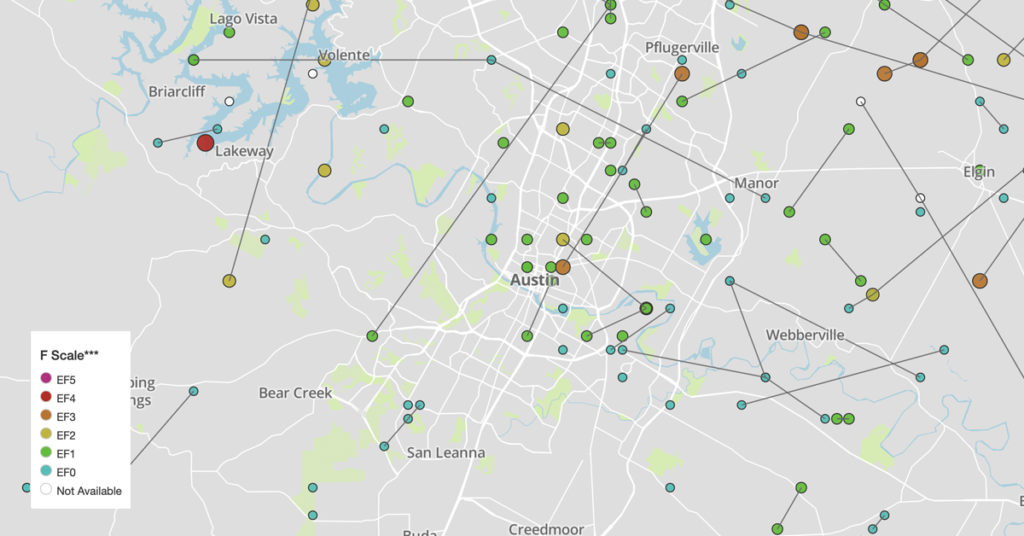Austin Tornado and Storm Shelters
Austin is the state capital and one of the largest cities in Texas, and it also sits on the edge of the region known as Tornado Alley. Austin's encounters with tornadoes have been somewhat sporadic, but when they do occur, they serve as potent reminders of nature's capability to drastically alter lives and landscapes. The city has made great strides to learn from each event, investing in infrastructure, emergency management systems, and public awareness campaigns to ensure its residents are well-prepared for future weather threats.
A Few Facts About Tornadoes in Austin:
Austin's most destructive tornado event occurred on May 4, 1922. An F4 tornado tore through the city, causing considerable damage and loss of life. This event stands as a significant moment in Austin's history and has greatly influenced the city's approach to severe weather events.
In a stark reminder that tornadoes can unexpectedly occur outside of the usual season, a destructive tornado struck Austin in November 1921. This unusual event further highlighted the unpredictable nature of tornadoes and reinforced the importance of year-round vigilance and preparedness.
In more recent years, Austin has seen an uptick in tornado activity. On May 3, 2019, multiple tornadoes were reported in the Austin area. An EF2 tornado caused notable damage in the northwestern parts of the city, underscoring the continued need for vigilance and the constant potential for severe weather events in the region.
Buying a Tornado Shelter in Austin
Our shelters are designed, tested, and approved to withstand up to EF5 tornadoes to provide a safe, secure place for you and your loved ones to wait out the weather. With a variety of sizes (4 to 16 people) and styles to choose from, you're sure to find the perfect shelter to meet your needs.
Residential Above-Ground Tornado Shelters
Above Ground Shelters
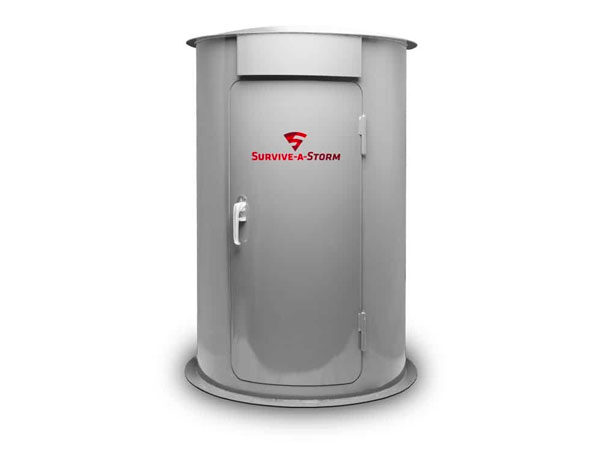
TwisterPod
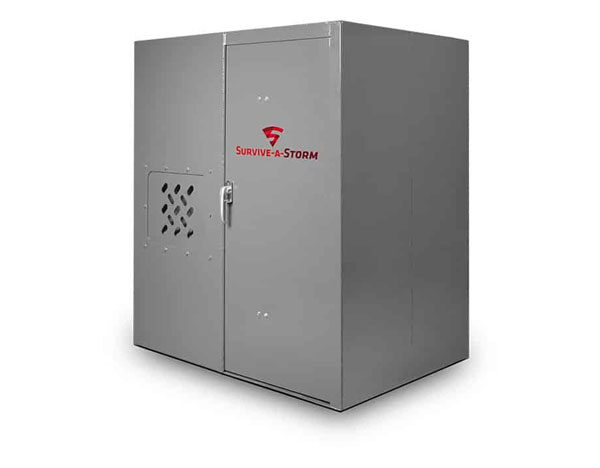
Extreme
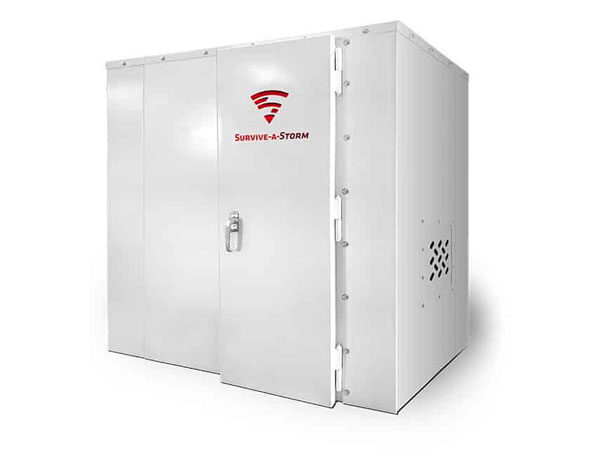
Panelized
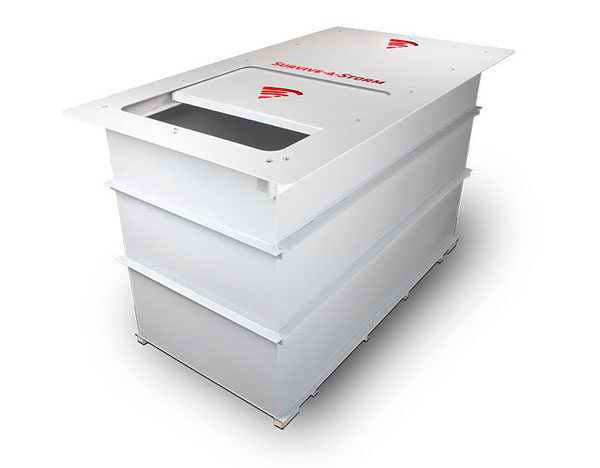
GarageCube
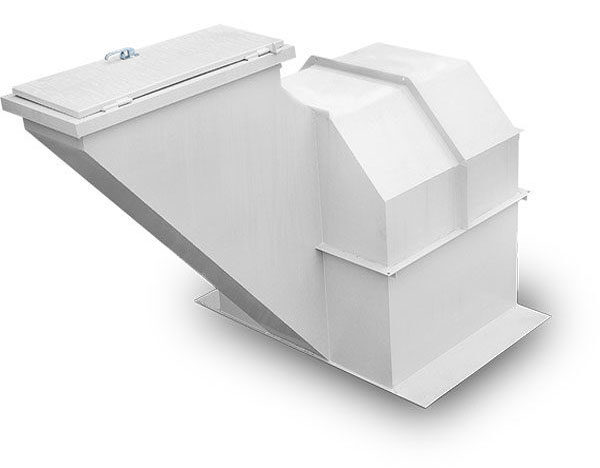
Estate
Delivery and Installation Options for Above-Ground and Below-Ground Tornado Shelters
Tornadoes are devastating and unpredictable natural disasters that can cause extensive damage to homes and properties. One of the best ways to stay safe during a tornado is to have a tornado shelter. Tornado shelters come in different types, with above-ground and below-ground tornado shelters being the most common.
We offer delivery and installation in various regions of the U.S. but if you prefer to conduct the installation yourself or our outside our installation area, here are some of the steps you will need to take.
For above-ground shelters, it's important to note that the concrete slab is not included in the package.
As for below-ground shelters, they are delivered on a standard truck with a flatbed.

Know when severe weather is about to strike and when it's time for you to take shelter with our StormWarn texting program.
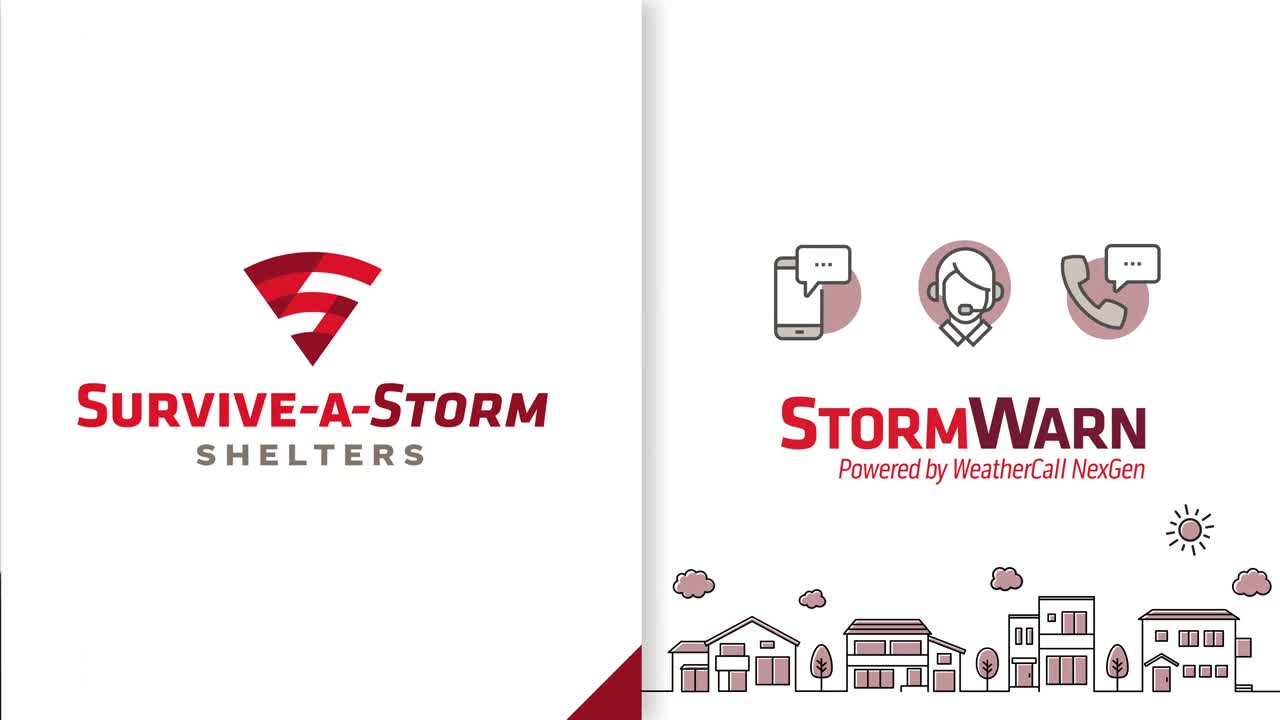
Above-Ground Tornado Shelter Installation
- Finding a Local Contractor for Installation
Search for local contractors in your area, who will need to be hired to pour the slab. Look for contractors with high-rating reviews. - Selecting Contractors
Find a couple of companies in the search results to inquire about installation. - Calling a Contractor for Installation
Call a contractor and ask them for a quote on installing an above-ground tornado shelter.The installation process can be performed by anyone who is competent in drilling (concrete company, concrete installer, contractor) into concrete can install. We have a built-in template in all of our shelters that shows exactly where to predrill and sink wedge bolts. All hardware and instructions are shipped with the shelter. We will even speak with any general contractor to make sure they understand what the job requires.
The concrete slab should be at least 4" thick with a minimum psi of 3000. No wire mesh is required, but the pad size should be a minimum of 14' x 12' for a 4" thick slab, or 12' x 10' for a 6" thick slab.
You can download the installation instructions for the tornado shelter: TwisterPod, Extreme, Panelized.
- Preparing for Installation
Survive-A-Storm will have a third-party shipper deliver the shelter to your location and offload it at the end of your driveway. Your installation time can depend on a few factors that include, temperature and humidity that can affect the cure time for the concrete. Pouring the concrete for above ground shelter installation is your responsibility and should be allowed to cure for two weeks. Installation time after the concrete is poured should be less than four hours.Rent equipment like pallet jacks, forklifts, or small tractors with forks to maneuver the shelter to your desired location. If you can arrange for an installation to be done on the same day, your contractor may be able to move the shelter for you.
Below-Ground Tornado Shelter Delivery and Installation
- Finding a Local Contractor for Installation
Search for local septic tank companies or general contractors with high-rating reviews to perform the installation. - Selecting Contractors
Find a couple of companies in the search results to inquire about installation. - Calling a Contractor for Installation
Call a contractor and ask them for a quote on installing an above-ground tornado shelter. You can download the installation instructions for the tornado shelter: GarageCube.
Let the contractor or company know that the shelter should be buried at least 12" below the surface. - Preparing for Installation
In case you are outside the installation range, Survive-A-Storm will have a third-party shipper deliver the shelter to your location and offload it at the end of your driveway.By understanding the delivery and installation options for above-ground and below-ground tornado shelters, you can ensure that your shelter is installed correctly and provides the protection you need during a tornado.
Survive-A-Storm Shelters offers near-absolute protection with a full line of above-ground and below-ground storm shelters. Survive-A-Storm Shelters are FEMA-compliant and able to withstand winds and debris from any EF5 tornado.
With affordable pricing, nearly anyone can afford one. There's also financing through Enhancify and Affinity, making storm shelter loans very accessible to our customers.
You can buy a storm shelter locally, through select Home Depot Stores, or the Extreme brand at Lowe's. Amazon and e-Bay are also great online options for purchasing Survive-A-Storm Shelters.



